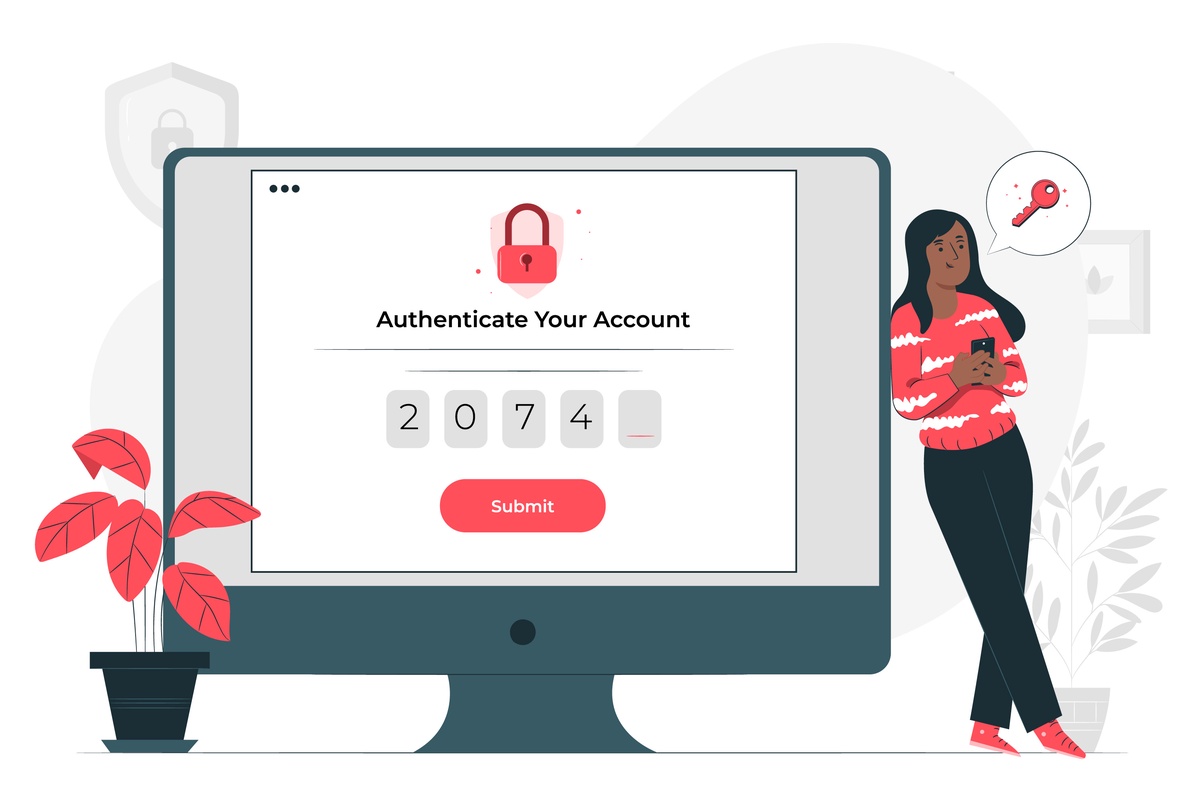In the intricate tapestry of cybersecurity, two pivotal concepts—authentication and authorization—stand as sentinels guarding the digital realm against unauthorized access and potential breaches. While often lumped together, these terms represent distinct yet interdependent processes crucial for controlling access to sensitive information and resources. Let's embark on a comprehensive exploration of authentication and authorization to unveil their nuanced roles and the intricate interplay between them.
Authentication: Establishing Identity
Authentication serves as the initial checkpoint in the journey of access control, focusing on verifying the identity of users or entities seeking entry into a system, application, or network. It addresses the fundamental query: "Who are you?" This process aims to ensure that only legitimate users gain access, thwarting unauthorized entry attempts.
-
Password-based Authentication: Traditionally, passwords have been the cornerstone of authentication mechanisms. Users provide a unique combination of characters—typically a password—to prove their identity. However, the prevalence of data breaches, password leaks, and the human tendency to choose weak passwords have exposed the vulnerabilities inherent in this approach.
-
Biometric Authentication: Leveraging distinctive biological characteristics like fingerprints, iris patterns, or facial features, biometric authentication offers a more robust and intuitive means of identity verification. Biometric data, being inherently unique and difficult to forge, enhances security by reducing the reliance on easily compromised passwords.
-
Multi-Factor Authentication (MFA): Recognizing the limitations of single-factor authentication methods, MFA combines two or more authentication factors to bolster security. These factors typically include something the user knows (e.g., a password), something they have (e.g., a smartphone or security token), or something they are (e.g., biometric data). By requiring multiple proofs of identity, Multi-Factor Authentication adds layers of defense against unauthorized access attempts.
Authorization: Granting Access Rights
Once authentication confirms a user's identity, authorization steps into the spotlight, determining the scope of actions they are permitted to undertake within the system or application. It addresses the question: "What are you allowed to do?" Authorization mechanisms establish boundaries and permissions, dictating the level of access users have to specific resources or functionalities.
-
Role-Based Access Control (RBAC): RBAC simplifies access management by assigning permissions based on predefined roles within an organization. Users are grouped into roles according to their responsibilities, and access rights are granted or revoked based on these roles. For instance, a system administrator may have full access privileges, while a regular user might have limited permissions tailored to their job function.
-
Attribute-Based Access Control (ABAC): ABAC takes a more dynamic approach to access control, considering various attributes associated with users, resources, and environmental factors. These attributes, such as user roles, departmental affiliations, time of access, and location, inform access decisions in real-time, enabling fine-grained control over resource access.
-
Rule-Based Access Control (RBAC): RBAC relies on predefined rules or policies to govern access to resources. These rules articulate conditions under which access is granted or denied, based on factors like user attributes, resource classifications, or contextual information. RBAC offers flexibility and adaptability in enforcing access control policies, allowing organizations to tailor rules to their specific security requirements.
Interplay and Synergy
While distinct in their objectives, authentication and authorization converge to form the bedrock of access control strategies, with each process complementing and reinforcing the other.
Consider a scenario where a user attempts to access a confidential document stored in a secure repository. Authentication mechanisms validate the user's identity, confirming that they are indeed who they claim to be. Once authenticated, authorization mechanisms come into play, determining whether the user, based on their role and permissions, is authorized to view or modify the document. This seamless integration of authentication and authorization ensures that only authenticated users with the requisite permissions can access sensitive resources, safeguarding against unauthorized disclosure or tampering.
Conclusion: Fortifying the Digital Bastion
In the ceaseless battle against cyber threats and data breaches, a nuanced understanding of authentication and authorization is indispensable. By fortifying the foundations of access control with robust authentication and authorization mechanisms, organizations can erect formidable barriers against malicious actors and protect their invaluable digital assets. As technology advances and cyber threats evolve, the synergy between authentication and authorization will remain pivotal in safeguarding the integrity, confidentiality, and availability of information in the ever-expanding digital landscape.


No comments yet